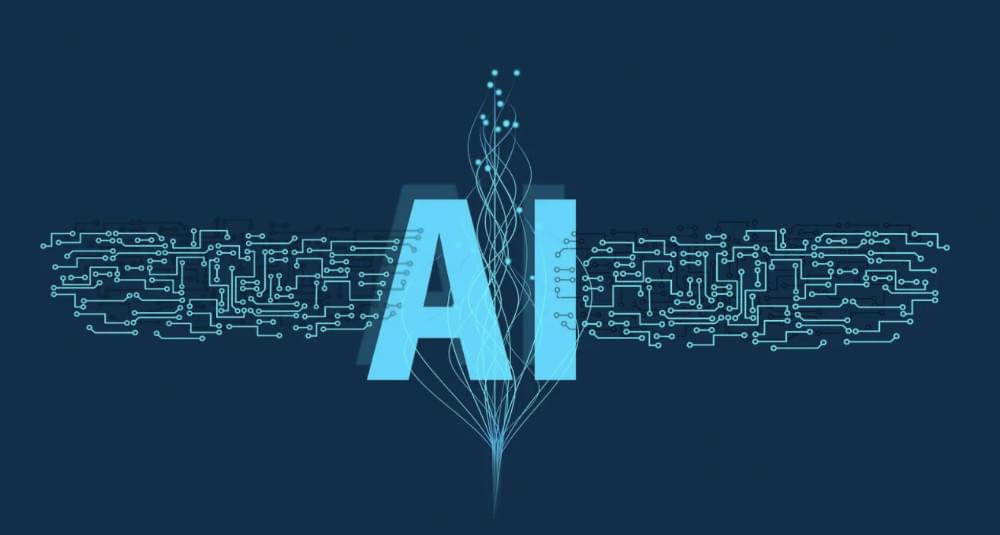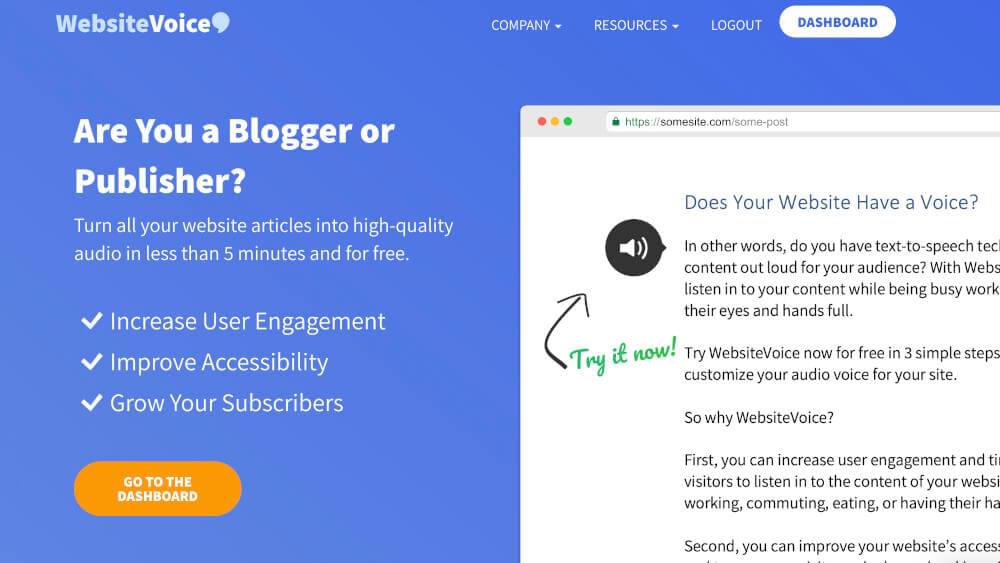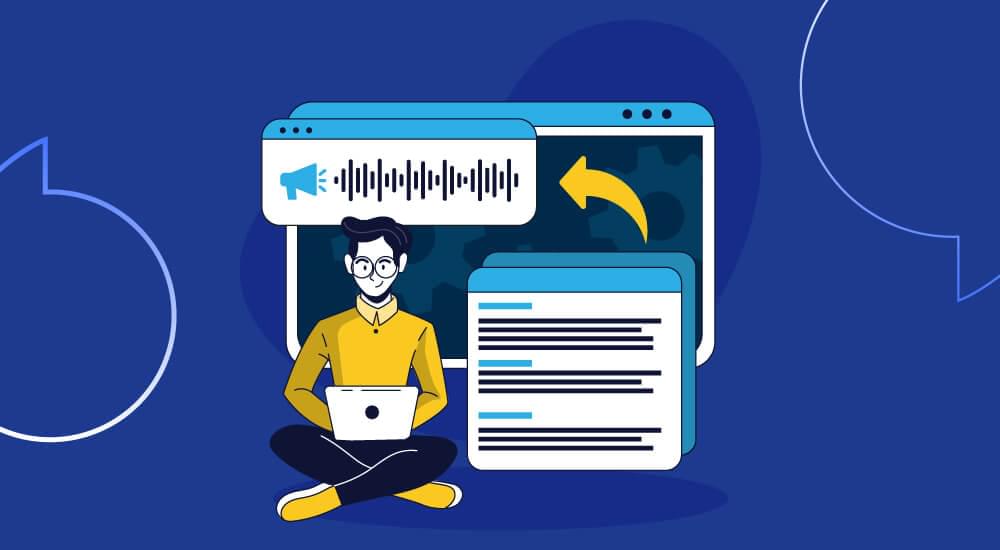text to speech tutorials
Everything to Answer What is TTS (Text to Speech) Software
You might have heard about TTS. Yes, it means Text to Speech, but do you know more about it? What is TTS? What are its types and evolutionary journey? How is the modern online industry using it to build and upgrade its brands? You will get your answers here. Keep reading let me make it simple for you.
Text to Speech technology is converting written text into spoken words. It utilizes revolutionary artificial intelligence to transform human-readable language into audio in a natural human accent. TTS technology focuses on producing audible speech. To make it simpler, it is just the opposite of converting spoken words into written text. Text to speech is a relatively new technology. The focus on deep learning has evolved the landscape. This advancement has made TTS technology an indispensable tool for businesses aiming to enhance the user experience.
While TTS technology is widespread and beneficial, its implementation can be challenging. It requires the expertise of programmers well-versed in AI and machine learning. Nonetheless, there have been substantial improvements and advancements to ease the users. AI-backed tools like WebsiteVoice can make you self-sufficient in converting text to speech to boost your business’s user engagement and revenue generation.
What will you Find in This Read:
- What is Text to Speech? Understanding the Meaning
- Text to Speech: Understanding the Science
- Key Features of Text to Speech Model
- The Remarkable Applications of Text to Speech Systems in Industry
- Text to Speech in Business
- A Little About the Origin of Text to Speech Technology
- What are the Evolutionary Categories of Text to Speech Model?
- How to Get Started with WebsiteVoice?
What is TTS (Text to Speech)? Understanding the Meaning
Text to speech technology has completely transformed the way we generate speech. It has revolutionized speech production and opened up new possibilities across various industries and individuals with diverse needs.
TTS uses a combination of statistical modeling and advanced deep learning algorithms, making it a potent tool for a wide range of applications. Readers, broadcasters, game developers, and many others can benefit from the capabilities of TTS systems. The impact of TTS is awe-inspiring, enabling greater inclusivity and accessibility for all.
Text to Speech: Understanding the Science
Let’s examine how TTS uses deep neural networks and linguistics with advanced AI algorithms and signal processing techniques. How can TTS generate remarkably lifelike speech, bridging the gap between text and natural human communication? Let’s be scientific, shall we?
Have you Heard About Conversational AI?
Conversational AI uses artificial intelligence and automation technologies to create systems that can engage in two-way conversations with users, mimicking human-like interaction. Conversational AI is evolving rapidly and offers improved capabilities for responding to inquiries, solving problems, and improving your website.
It enables personalized experiences and can be seen in various forms, such as chatbots or virtual assistants like Amazon’s Alexa. With text to speech (TTS) technology, conversational AI becomes even more potent. It can convert text into natural-sounding speech, allowing users to interact with computer programs using spoken language.
The Fusion of Linguistics and AI in Text to Speech Technology
Linguistics plays a vital role in the development of TTS systems. It provides the scientific foundation for developing coherent and natural-sounding speech. TTS systems dig into the intricacies of linguistics, including phonetics, phonology, syntax, and semantics.
They analyze individual sounds’ phonic properties and combinations, ensuring accurate pronunciation and articulation. By understanding the principles and structure of language, TTS systems can generate correct speech in grammar and pronunciation.
TTS technology incorporates linguistic rules and patterns to create intelligible and contextually appropriate speech. It involves manipulating digital representations of sounds to enhance clarity, modify pitch, adjust timing, and optimize the overall quality of the synthesized speech.
The Union of Deep Neural Networks and Text to Speech Technology
Artificial Intelligence, particularly deep learning, has revolutionized the capabilities of computing systems. Deep learning relies on deep neural networks, which are computational models inspired by the structure and functioning of the human brain.
Deep neural networks consist of interconnected processors communicating and exchanging data along meaningful pathways. Applying robust deep neural networks allows TTS systems to process textual input, interpret linguistic nuances, and generate natural-sounding speech output.
The strength of deep learning lies in its capability to learn from large volumes of data and identify complex patterns. TTS system relies on deep neural networks to learn subtleties of speech, including phonetics, prosody, and intonation, to produce speech closest to human communication.
What are the Key Features of Text to Speech Model?
Text to speech technology goes beyond simply converting text into speech. Here are the prominent features of TTS:
1. Support for Multiple Languages and Accents:
Multiple language options benefit businesses looking to cater to regional markets and establish a strong presence in specific geographical areas. With native language capabilities and accents, TTS systems can deliver speech synthesis that resonates with local audiences, enhancing the overall user experience and fostering trust and familiarity.
Whether for customer interactions, educational content, or entertainment purposes, TTS with multiple languages and accents ensures a more personalized and relatable communication experience.
2. Dynamic Pitch Control for Enhanced TTS Experience:
Text to speech technology offers dynamic pitch control, enabling more expressive and contextually appropriate speech synthesis. TTS uses pitch control to mimic the natural variations in pitch that occur in human speech, making the synthesized voice sound more engaging and lifelike.
This feature allows for adjusting voice rate, loudness, text emphasis, and pronunciation based on the specific situation or content. It adds a layer of expressiveness and emotion, allowing for a more immersive and compelling user experience.
The Remarkable Applications of Text to Speech Systems in the Industry
Let’s see how text to speech is used in the industry:
- Voice Applications and Programs: TTS solutions convert digital text into synthetic speech using human-sounding voices. TTS technology simplifies information retention and enhances user experience by providing audio content. These applications can be integrated into websites, apps, and textbooks, among other platforms.
- Multilingual Support: TTS offers the ability to convert text to speech in multiple languages, allowing businesses to cater to a global audience and expand their customer base. TTS technology breaks language barriers and enables effective communication.
- Customer Service and Contact Support: TTS is widely used in interactive voice response (IVR) systems, allowing businesses to convert written texts into natural-sounding voices for automated phone interactions. TTS enables a more human-like and engaging experience for customers during IVR calls.
- Automation and Efficiency: TTS, when combined with cloud platforms, enables the automated processing of calls, reducing the need for human intervention. This streamlines operation and allows customer support teams to focus on more critical issues. TTS minimizes errors caused by human communication and enhances overall efficiency.
- Inclusivity and Accessibility: TTS makes information accessible to individuals with visual impairments or those who prefer audio content. By incorporating TTS, businesses can ensure inclusivity and reach a wider audience.
Overall, TTS technology improves customer interactions, streamlines processes, enhances accessibility and enables effective communication across various industries. Its benefits make it a valuable tool for businesses seeking to enhance customer experience and optimize their operations.
Text to Speech in Business
The integration of TTS software in business progress has facilitated self-service capabilities, improved customer service, enhanced accessibility, and provided personalized information to clients. It contributes to the overall goal of delivering efficient and customer-centric services.
1. Entertainment and Gaming
TTS can be used in gaming applications to provide voice-overs for characters and create immersive gaming experiences. It adds depth and realism to the gaming environment, enhancing user engagement and enjoyment.
2. Marketing and Advertising
TTS software enables businesses to create audio advertisements, podcasts, and voice-overs for marketing campaigns. By incorporating TTS, businesses can engage with their audience dynamically and interactively, capturing their attention and increasing brand awareness.
3. E-commerce and Retail
TTS technology can create engaging product descriptions, read customer reviews, and provide personalized shopping experiences. By incorporating TTS, digital marketing businesses can improve the online shopping experience, boost sales, and increase customer satisfaction.
4. Education and e-Learning
TTS technology is widely employed in educational platforms, journalism and e-learning applications. It helps convert educational content, textbooks, and articles into audio formats, making them accessible to a broader range of learners. TTS enhances the learning experience and improves knowledge retention.
5. Customer Support Service
TTS is extensively used in IVR systems, enabling businesses to provide automated yet natural-sounding voice interactions with customers. TTS technology helps streamline customer support processes, reduce wait times, and enhance the overall customer experience
6. Banking and Finance Sector
TTS enables personalized voice messaging services, which are beneficial for delivering clients’ stock market updates and financial news. TTS software lets customers choose their preferred language for banking services and transactions.
It is utilized in self-service channels such as ATMs and kiosks, allowing customers to access banking services and obtain real-time information without waiting in line. Moreover, TTS technology is employed in the banking sector’s interactive voice response (IVR) systems, enabling customers to perform various tasks and inquiries over the phone.
7. Travel and Tourism
Due to language barriers, the travel and tourism sector often needs more communication between consumers and service providers. TTS software offers a seamless communication channel, overcomes language barriers, reduces misunderstandings, and enhances customer satisfaction. Additionally, TTS technology enables the provision of guided tours, helping customers navigate their travel plans more efficiently, cost-effectively, and quickly.
8. Telecom Sector
By using TTS software, businesses in the telecommunications industry can ensure that each customer interaction is handled with expertise and engagement. It helps maintain high customer service standards, regardless of individual employee variations.
Moreover, TTS software allows businesses to save transcripts of spoken conversations by accurately converting voice recordings into written text. These transcripts can be stored and quickly searched using keywords and dates, enabling consistent and appropriate responses to customer queries.
By leveraging TTS software, businesses can drive sales, improve customer service, enhance marketing efforts, facilitate learning, ensure accessibility, and create unique user experiences. The evolving nature of TTS technology presents opportunities for businesses to innovate and differentiate themselves in the market.
A Little About the Origin of Text to Speech Technology
TTS technology has a rich history dating back to the 18th century when scientists began exploring mechanical methods for creating synthetic speech. Significant advancements were made in the 1930s with the introduction of Homer Dudley’s Voder, an electrical device that produced speech-like sounds.
However, it was in 1968 that a massive breakthrough occurred with the development of the first system capable of converting text to speech. Noriko Umeda and a team from the ElectroTechnical Laboratory in Japan made this groundbreaking achievement.

What are the Evolutionary Categories of the Text to Speech Model?
TTS technology has continued to evolve and improve, driven by advancements in computing power, artificial intelligence, and speech synthesis algorithms. Let’s see how this technology has categorically evolved.
1. Format Synthesis and Articulation Synthesis
Format synthesis involves recording speech from a human speaker and extracting important acoustic features like intonation, manner of articulation, and formats. Similarly, articulation synthesis focuses on modeling the movements and positions of the vocal tract during speech production. By simulating the physical processes involved in speech articulation, researchers aimed to generate more realistic speech sounds.
2. Diphone Synthesis
Diphones are individual units that combine phonemes and represent the sound of a letter or syllable and the transitional half to the following sound. Typically, 3,000 to 5,000 diphones are recorded and assembled using computer algorithms to create a more natural speech pattern.
3. Unit Selection Synthesis
In the 1990s, as text to speech (TTS) technology evolved, a primary form of synthesis, known as unit selection synthesis, emerged. This innovative approach took advantage of advancements in natural language processing and recognized the potential of utilizing extensive databases of recorded human speech for specific output purposes.
4. Neural Synthesis
The advent of deep neural networks has brought about a groundbreaking transformation in text to speech (TTS) technology, enabling the development of custom voices that closely resemble human speech’s natural and lifelike qualities.
This cutting-edge AI technology operates by utilizing text scripts and voice recordings as input to train its models. By feeding text into the trained model, deep neural networks associate the text with a series of acoustic features.
A vocoder then processes these features, creating remarkably natural-sounding vocalizations that can be easily mistaken for genuine human speech. The remarkable accuracy and naturalism achieved by advanced TTS technology enable the production of synthesized voices that closely resemble real-life speech.
What Can WebsiteVoice Offer You?

WebsiteVoice is an innovative tool that transforms text into lifelike speech, helping businesses enhance their online presence. Using advanced technology and automatic content recognition, this online software can convert any text into a natural-sounding voice within minutes.
With its improved AI-generated voices, WebsiteVoice Text To Speech Online Software can be used for various purposes, such as podcasts, blogs, promotional videos, and website voiceovers. You can rely on professional-quality results every time. Experience the power of WebsiteVoice Text To Speech Online Software today and let your website text speak to your online users with these top-notch key features:
- Accessibility features
- MP3 download for audio file
- Automatic text reader
- UVT voice speed control
- Social media sharing of the page/blog
- More fast audio conversion
- Currently available in 38 languages
- Analytics dashboard for audio plays
- Wordpress plugin available
- Player widget customization
Get Started!
Now you know everything about what is TTS!
From captivating audio articles to tailoring the perfect voice for their brand, TTS technology provides robust features to enhance reader engagement, attract new subscribers, and generate revenue through audio advertising.
It’s an accessible and powerful tool for taking your publishing business to the next level. Embrace the future of content by embracing audio. Get started with WebsiteVoice. Don’t wait any longer take action today and explore the possibilities of integrating high-quality text to speech technology into your workflow.









